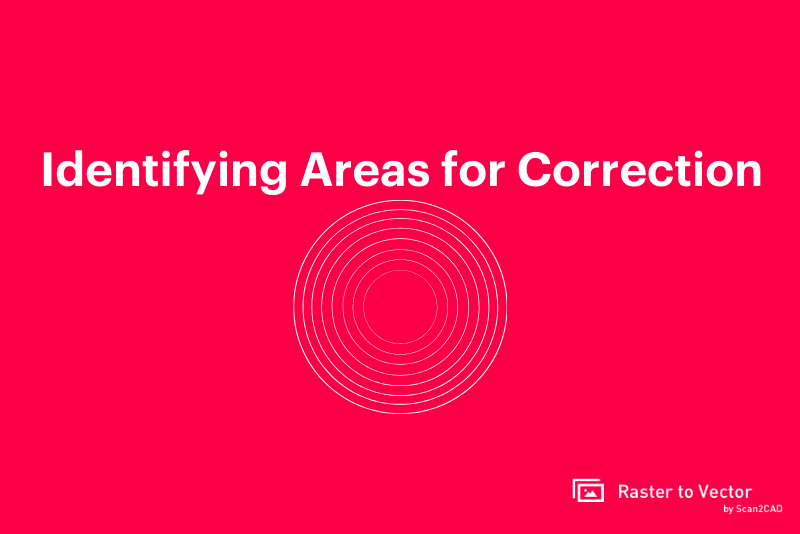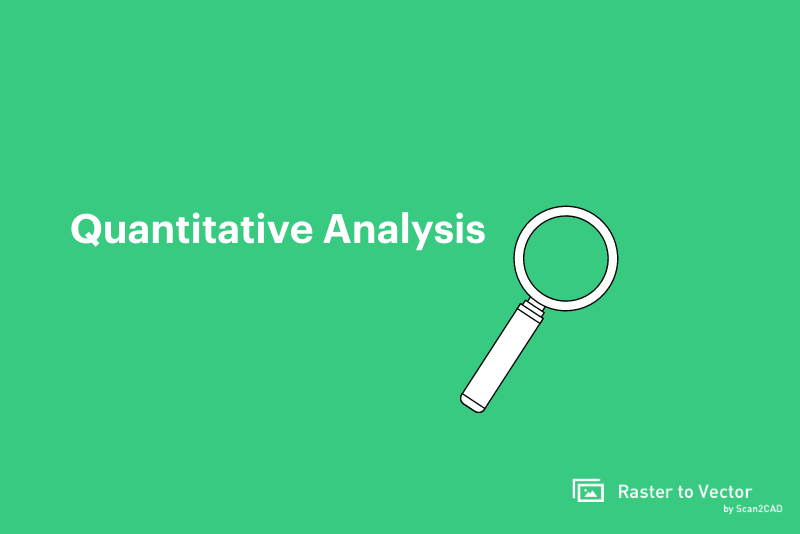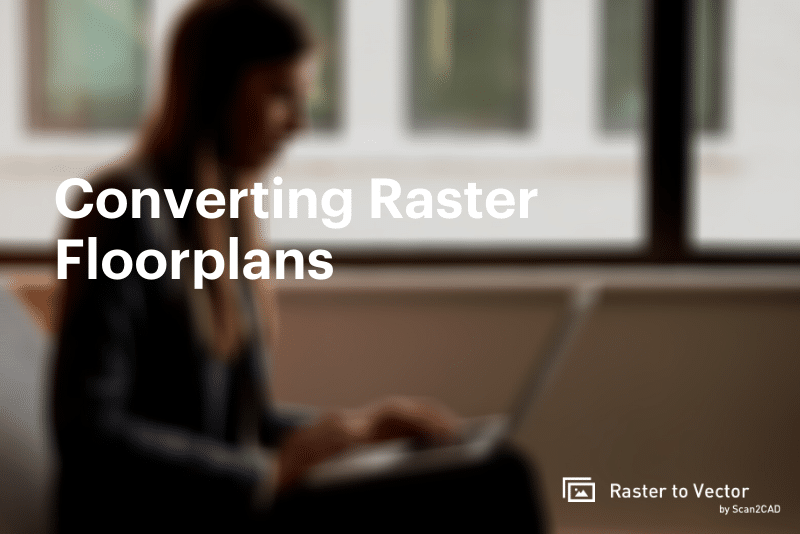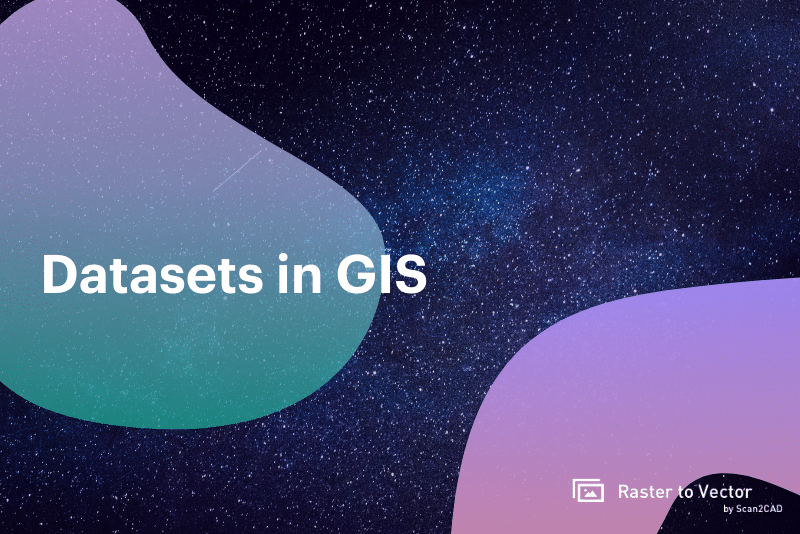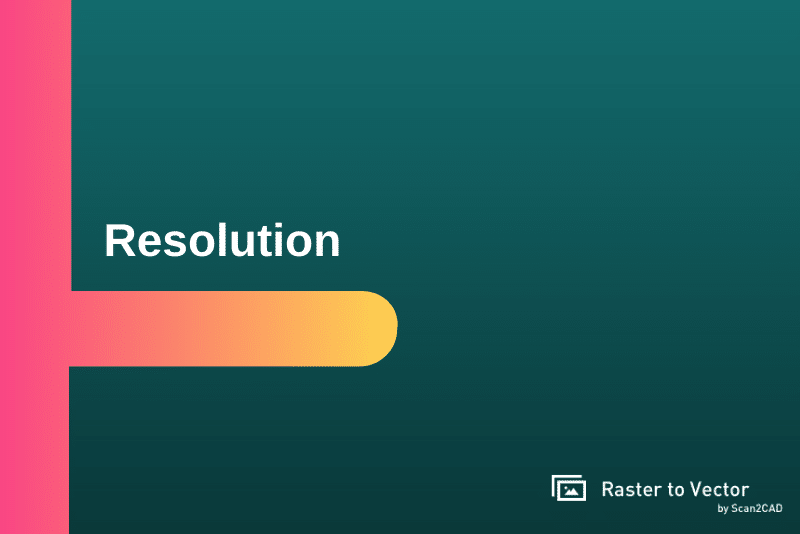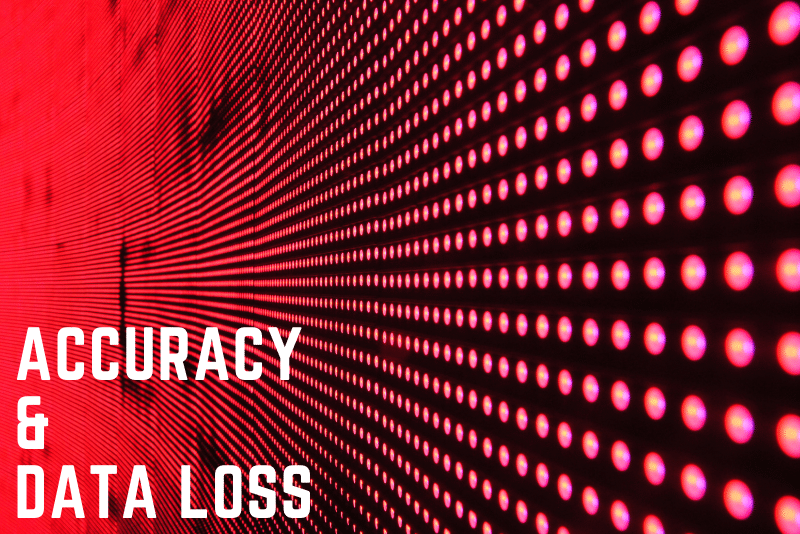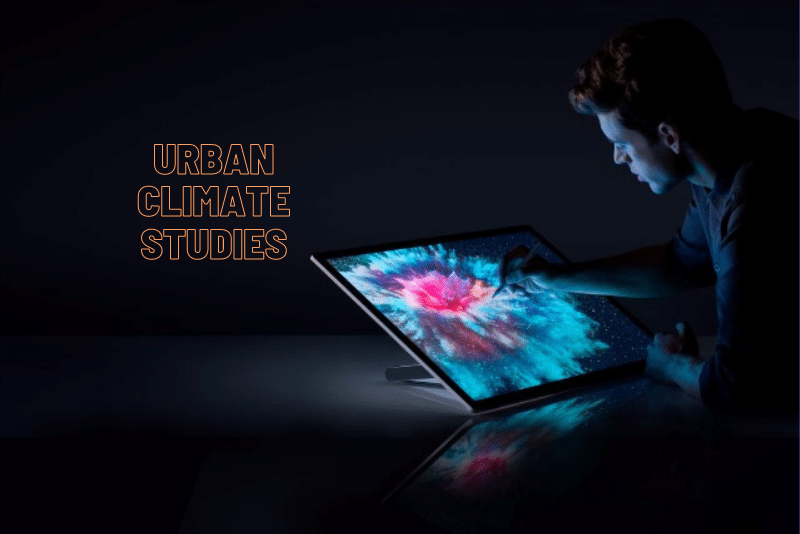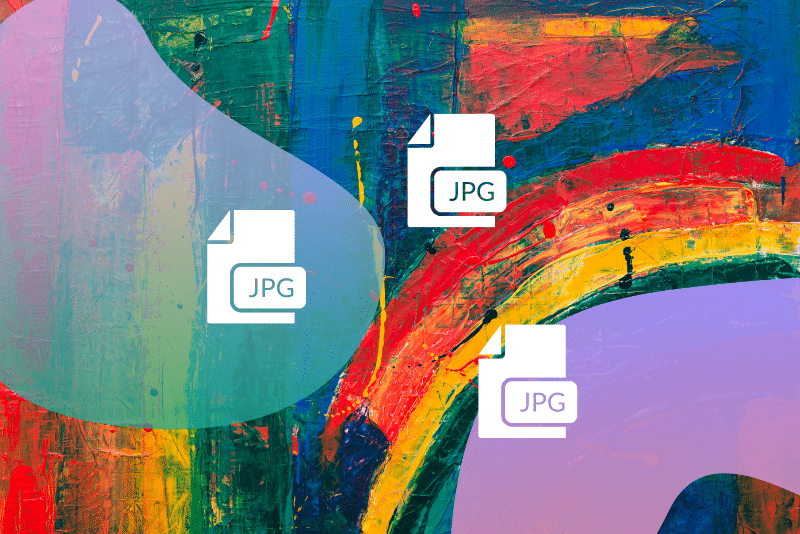Vectorization changes the characteristics of a raster image, which is made up of pixels. Vectorization transforms these pixels into coordinates in a process that is prone to introducing errors and mistakes. The errors and mistakes form the basis of the measurement of the conversion system’s performance as detailed in the study titled Using local deviations […]
